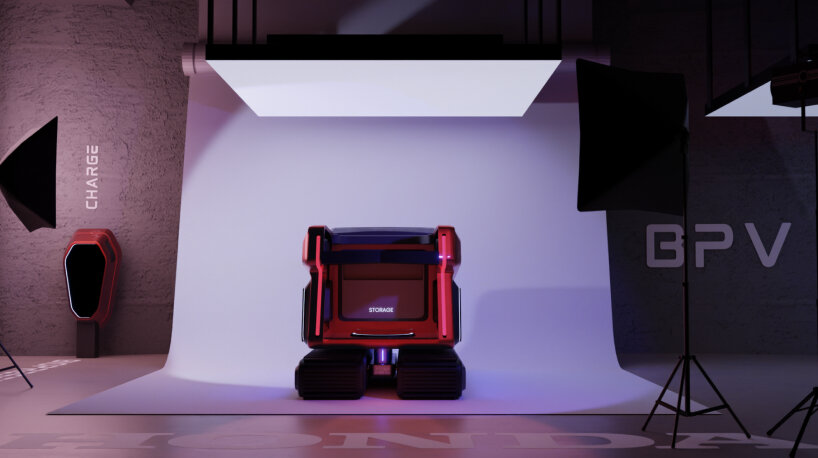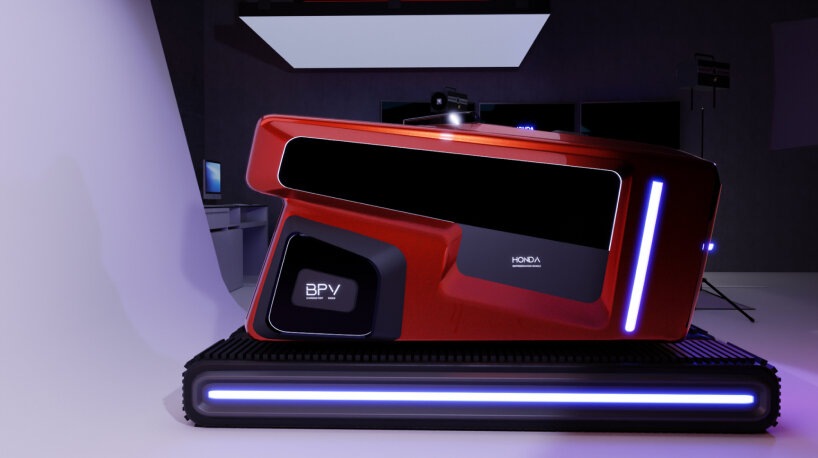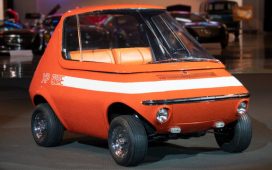rohit vaswani presents pulse, an autonomous farming vehicle
PULSE is a vehicle designed to combat desertification by printing biodegradable membranes around plants in arid regions. Developed by Rohit Vaswani the tool can operate both autonomously and manually to become a vital asset in the modern agricultural landscape. Its minimalist design and modular form emphasize functionality where each element fulfils an essential function. Additionally, PULSE offers possibilities for open-source development and custom add-ons, enhancing its utility.
Beyond this primary function of combating desertification, PULSE is envisioned to serve as a versatile, all-round farming vehicle. Its compact size and ability to accommodate third-party tools make it suitable for a range of agricultural tasks, from land surveying and monitoring plant and soil health, to performing jobs typically too delicate for traditional tractors.

all images courtesy of Rohit Vaswani
the open-source bio-preservation device combats desertification
As the climate crisis accelerates, desertification is becoming an increasingly pressing issue. The spread of barren land results in reduced agricultural productivity, leading to food insecurity and rising temperatures. PULSE aims to mitigate these effects by supporting plant growth in these areas, helping to restore the natural ecosystem. Biodegradable membranes are used to form humid microenvironments to shield plants which block harsh UV rays and extreme heat. The protective layer helps plants to survive and fosters the regeneration of the surrounding ecosystem. Over time, the membrane dissolves into the soil, enriching it with essential nutrients.
Rohit Vaswani (more here) employs a drone tethered to the vehicle to apply the biodegradable membrane. Equipped with sensors, the drone precisely calibrates the membrane’s coverage area for each plant. This process leverages existing 3D printing technologies to provide an autonomous solution. By facilitating plant growth in desertified regions, PULSE contributes to the larger effort of restoring fertile land and combating the adverse effects of climate change.

Rohit Vaswani presents PULSE

a vehicle that combats desertification

PULSE prints biodegradable membranes around plants in desertified regions

the protective layer it forms helps plants to survive and fosters the regeneration of the surrounding ecosystem

the tool operates both autonomously and manually to become a vital asset in the modern agricultural landscape











